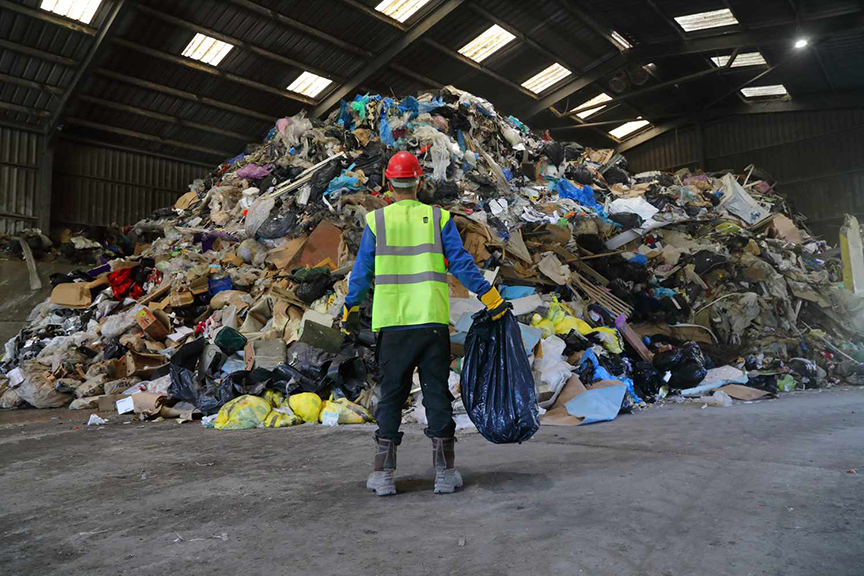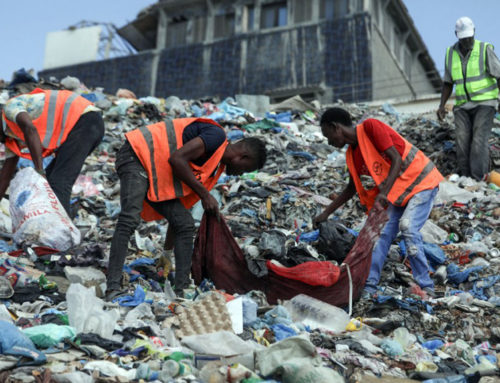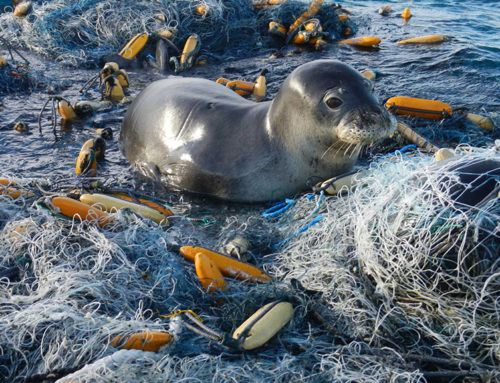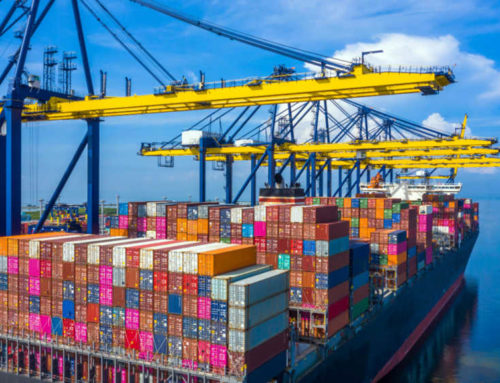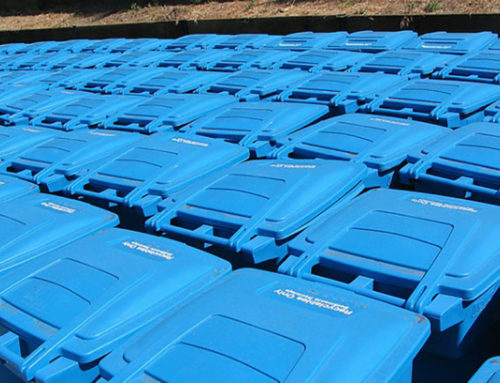Plastic has become a part of nearly every aspect of our daily lives—from our food packaging to our technology, to the simple act of getting a cup of coffee. But while plastic brings convenience, it’s also bringing our environment to the brink.
In the United States alone, the amount of plastic waste we generate is staggering. Much of it ends up in landfills, oceans, and ecosystems—where it takes centuries to decompose. And despite growing awareness, recycling rates remain dangerously low.
Let’s look at the hard facts.
Plastic Waste in the U.S. – By the Numbers
- 2.5 million plastic bottles are thrown away every hour in America.
- Only 12% of disposable water bottles are recycled each year in the U.S.
- Every year, Americans throw away enough plastic to circle the Earth four times.
- Plastic bags can take up to 1,000 years to decompose.
- Polystyrene foam (Styrofoam) may never fully break down at all.
- Recycling plastic uses 88% less energy than producing it from raw materials.
- One ton of recycled plastic saves the equivalent of 1,000–2,000 gallons of gasoline.
- Recycling one ton of plastic bottles saves enough energy to power a two-person household for an entire year.
- Recycling plastic saves twice as much energy as burning it in an incinerator.
- The world produces over 400 million tonnes of plastic waste annually.
The Hidden Contributor: Inkjet Cartridges
When we talk about plastic waste, most people think of bottles, bags, and packaging—but inkjet cartridges are part of the problem, too.
More than 375 million ink and toner cartridges are thrown away every year in the U.S. Most are made of hard plastic designed to last for hundreds of years—yet they’re often used once and tossed. These cartridges clog landfills, leach chemicals, and break down into microplastics just like other forms of waste.
Yet, like bottles and bags, they’re entirely recyclable—and programs exist to collect and remanufacture them responsibly. The issue isn’t that we can’t recycle cartridges—it’s that we don’t.
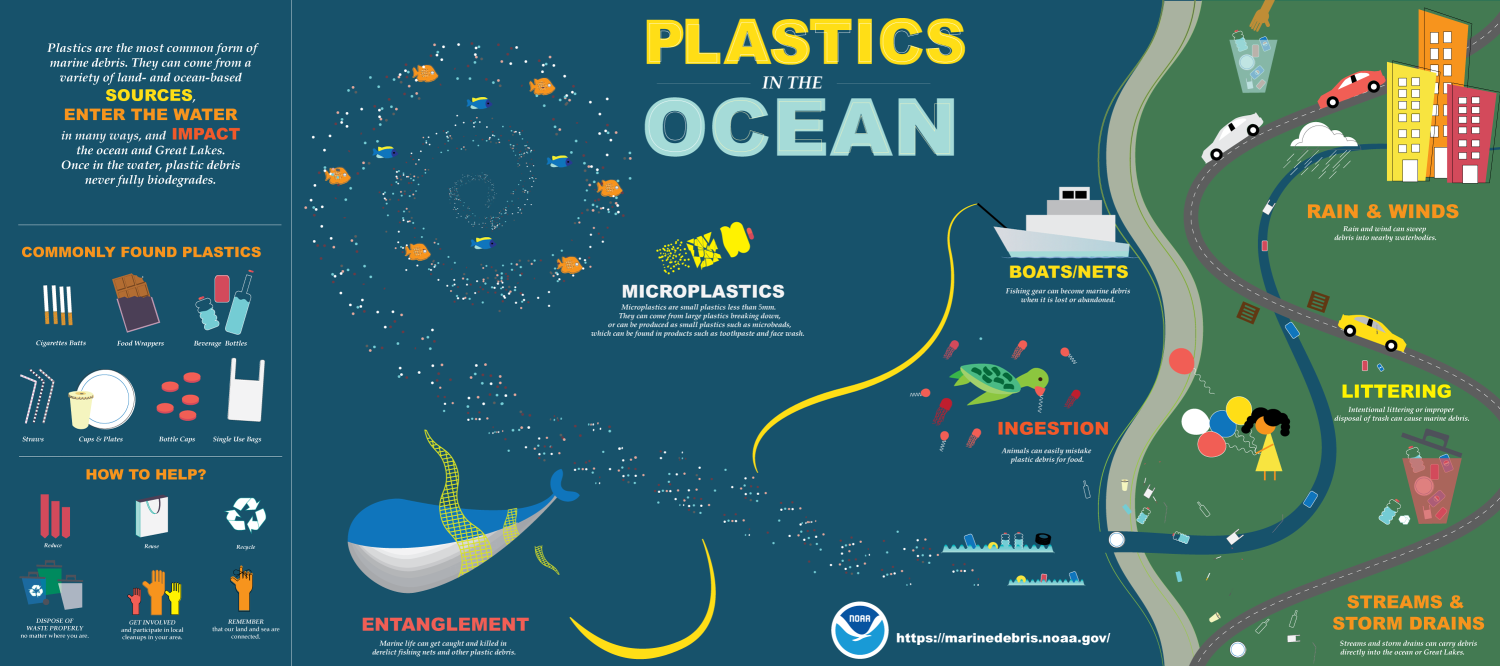
Recycling Must Expand Beyond the Obvious
While public awareness campaigns often focus on common plastic items like water bottles and straws, the reality is that we need a culture shift—one where all plastics are seen as part of the problem, and all are targeted as part of the solution.
That includes:
- Plastic bottles
- Grocery and produce bags
- Food packaging
- Takeout containers
- Disposable cutlery
- Polystyrene foam products
- Shipping materials
- Cosmetic and toiletry containers
- Ink and toner cartridges
Each of these materials adds to the growing crisis—and each presents an opportunity for meaningful change if recycled properly.
What Needs to Happen Now
- Education and Awareness:
Americans need to understand just how serious the plastic problem is—and how many types of items can be recycled. Not just soda bottles, but packaging, shipping materials, and inkjet cartridges too. - Accessible Recycling Programs:
Community recycling systems must expand to accept a wider range of plastic items, including specialty recyclables like cartridges and foam. - Manufacturer Responsibility:
Brands must take greater responsibility for the full lifecycle of their products, offering collection, take-back programs, or using remanufactured and refillable options. - Household Participation:
Every household should aim to reduce plastic usage and recycle everything possible. The more we divert from landfills, the better the outcome for our communities and ecosystems.
Final Thought: The Plastic Future is What We Make It
The plastic waste crisis isn’t a distant issue—it’s right here, in every home, office, school, and store across the country. The good news? We have the knowledge and resources to change course.
From the bottle in your hand to the inkjet cartridge in your printer drawer, plastic doesn’t have to be single-use. It doesn’t have to end up in a landfill. The choice to recycle it is up to you.

